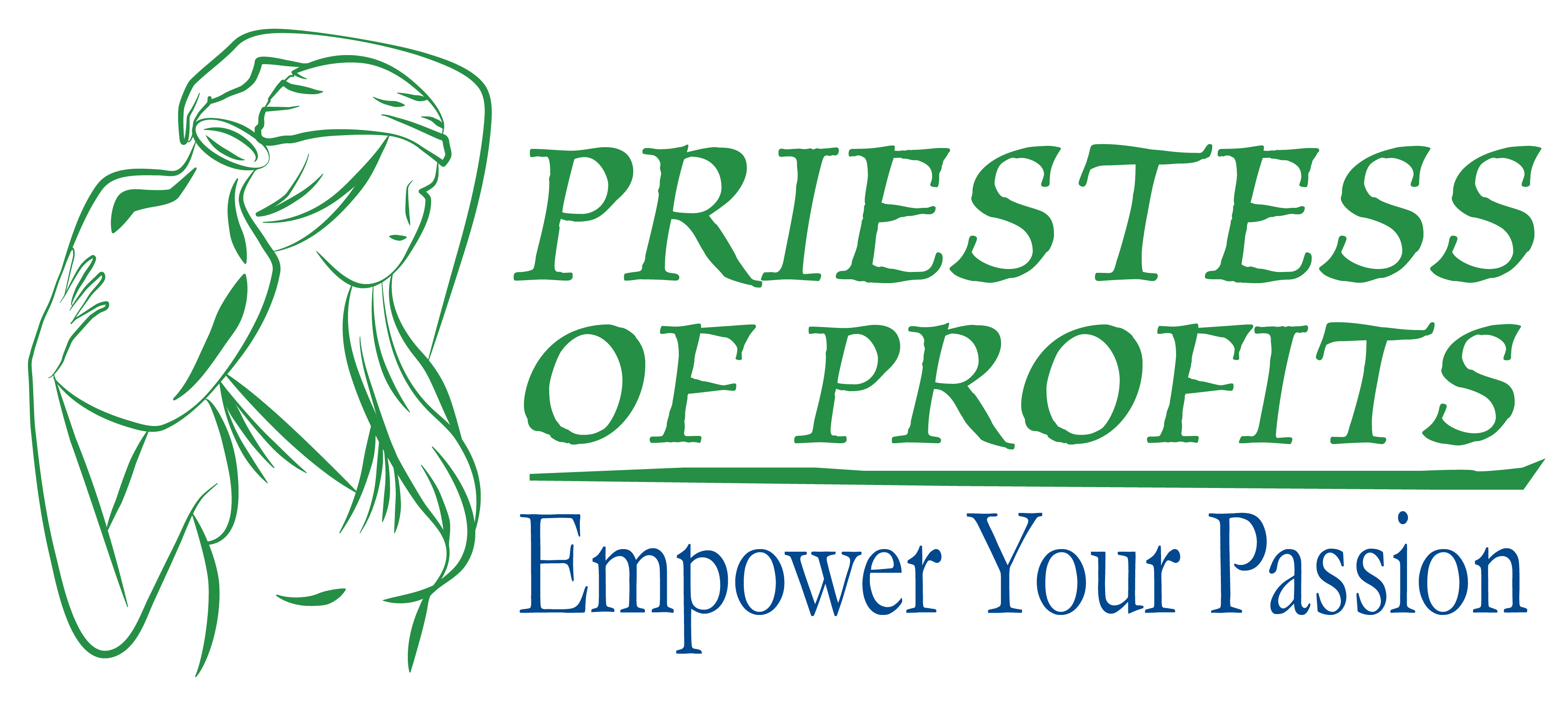
Budgeting for Seasonal Business
NOTE: This post was written by Ingrid Edstrom for Polymath LLC prior to the launch of Priestess of Profits. Some content may reference Polymath LLC, which has since been replaced by Priestess of Profits.
Making sure your company doesn’t run out of cash in steady, year-round businesses can be hard enough. Ensuring there is enough cash on hand in a seasonal business can feel like financial gymnastics to some entrepreneurs. Keep reading for some great tips that can help your seasonal company make it through the cycle.
Season of Abundance
As I write this, it is May in Southern Oregon. The weather is beautiful, homes are coming on the market, and the local hostel is full of school groups visiting the Oregon Shakespeare Festival. The fact that it was frosty and the trees were bare just a few short months ago seems like a distant memory, and the fear of wildfires this summer driving business away with smoke is not yet darkening the horizon. Our local tours & activities companies are just starting to get busy with their high season. Everyone wants to be outdoors rafting, biking, hiking, and trying our alpine ziplines. With spring in the air, it’s like our local businesses are in love.
Meanwhile, one of our amazing clients that offers tours in Mexico just finished their high season at the end of March. The first conversation we had upon his return was focused on two things: review of the season’s profitability, and how that money is going to last until the next season.
Feast and Famine
When a business is in their high season, it can be easy to forget that there may be months out of the year with little or no business at all. For tour businesses and outdoor activities, this can be particularly challenging. The off season is usually spent marketing, doing maintenance on equipment, and planning the upcoming season. That’s a lot of work, and during that time the business owners and some team members still need to be paid. Without careful planning, it is all too easy to let the feeling of abundance run wild with our dreams.
Do you have the funds for the website upgrades you’ve been wanting? How about for that new vehicle you need? When there is money in the bank it feels like we can do anything, and as we daydream we earmark funds for projects. It’s easy to be swept up in the passion of the success. Feeling like we can do anything, we boldly treat ourselves to each of those things. After all, it’s for the business, and we deserve to reap the rewards of our great work. We’ve earned it.
It’s not until a couple months later that we realized that we allocated the same amount of funds for multiple things, and we did not leave enough to keep the business running as effectively as we like. Then there’s the taxes: That troublesome thing that we only think about once a year! We had a success, and now Uncle Sam wants his cut. This situation drives many companies out of business each year, and many more are forced to lay off employees, stop paying owners, and take out loans to cover the deficit. There must be a better way, right?
Planning for the Future
Before we had international trade allowing us to purchase food in abundance year round, people learned to set aside a portion of their harvest for the leaner months of the year. The same principle applies in seasonal business. Sure, it’s nice to have a feast day at harvest time, celebrating the abundance and work well done. Nonetheless, the primary focus is placed on the long-term survival of the people depending on that abundance to last. That takes careful planning, and this planning doesn’t have to be difficult or complicated.
Many people think that having a budget for your business means that you have to plan exactly where every dollar is going to go in advance. Then they throw the whole thing out the window when there is an unexpected influx or need to spend that money. It doesn’t have to be that way. Budgets are just one way to be more intentional with our business spending. One of the easiest and oldest budgeting methods, particularly in seasonal businesses, is to set the cash aside for particular intentions as it comes in.
It may be easiest to create your budget in an Excel spreadsheet, so we’ve created an example for you. Download, and give it a try!
Grandma’s Envelopes
Many of our parents and grandparents used the “envelope system” to budget their personal finances, setting aside cash into envelopes for rent, food, bills, and other important expenses first. This also meant setting aside money for fixed expenses first, such as rent, leaving the food budget to be tighter in leaner months. This might mean that we’re eating more rice and beans, but that pre-planning helps to ensure that there is food on the table, even if it isn’t meat and ice cream.
The same is true in our businesses, only rather than setting the funds aside in envelopes, we can use bank accounts. It can take a little research to find the right bank that will work for your needs, but there are banks locally and online where you can get multiple accounts with little or no monthly fees. By setting aside the funds for your important expenses in advance, you remove the worry about making ends meet. This includes setting aside money to pay the business owner!
Seasonal Diversification
Another common strategy to move past seasonal challenges is to diversify: Make your business no longer seasonal. This doesn’t work for everyone! If you have a local zipline company that is popular in the summer, you may or may not be interested in winter activities. For international tour companies, this option is a bit more popular. A company that offers tours in the southern hemisphere from October through March could look into destinations in the northern hemisphere in April through September.
Awareness and Intention
The most important piece of working through seasonal cash flow is to simply be aware of your needs and set clear intentions, following through with action. It often helps to have an accountability ally to assist with this process. That is one of the main areas that we assist our clients with at Priestess of Profits: We help to create the plan, stick with it, and adjust as necessary.
For tours and activities companies that don’t need our full packages of services, Priestess of Profits highly recommends that you join the Tour Leaders Business Strategy Group on Facebook. Post your questions, concerns, and ideas. You will receive replies with support and resources from other business owners as well as professionals dedicated to helping businesses like yours. Participation in the group is totally FREE!
Seasonal business is a challenge for many businesses, particularly companies in the tours and activities industry. With a bit of education, planning, and follow-through it can be a blessing rather than a curse.


